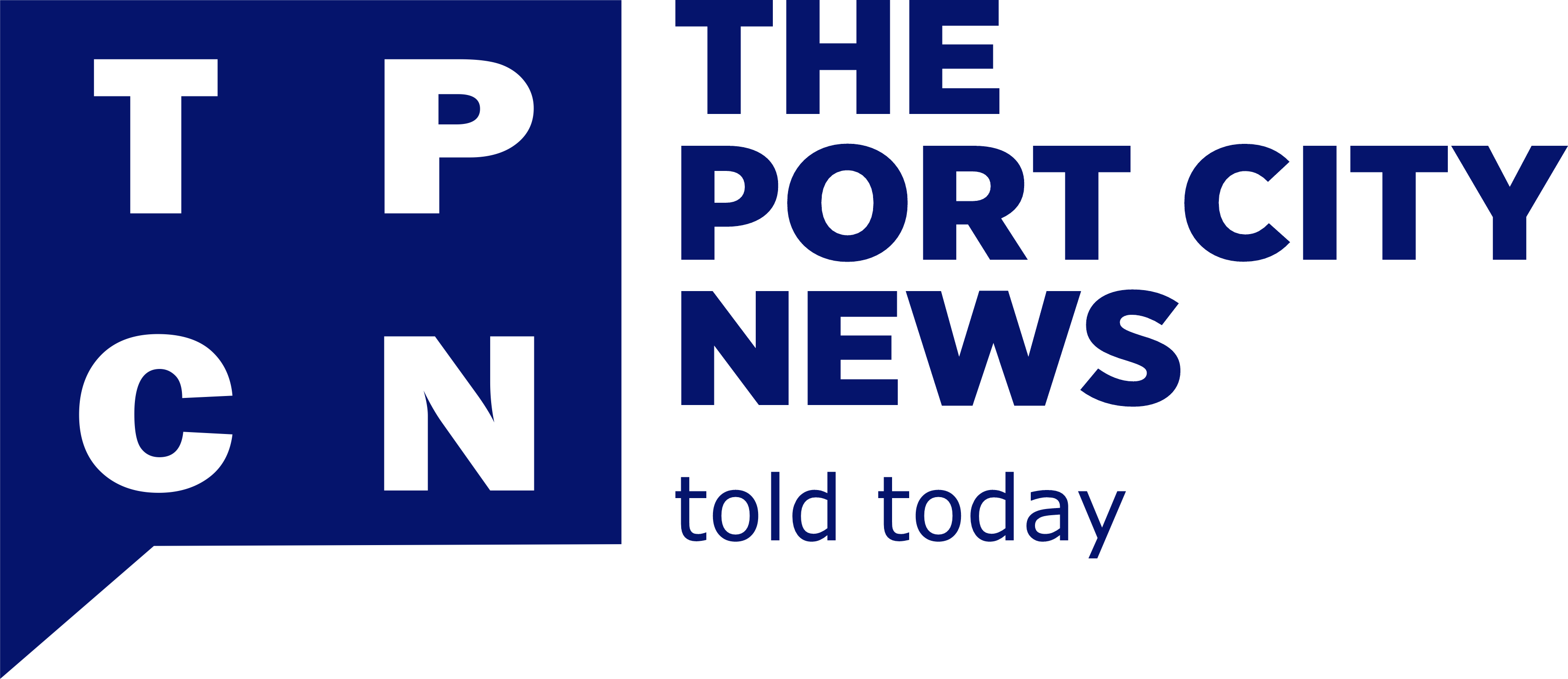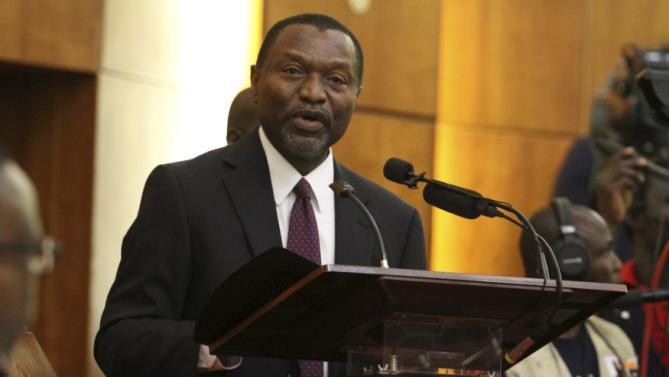This, he said is to ensure that Nigeria achieves the growth target of seven percent by 2020 despite the challenging economy which the administration inherited and has succeeded in returning the economy back to growth again.
He explained that the collapse of oil prices in the global market from $111.8 in June 2014 to as low as $30.7 in January 2016, and with no fiscal buffers has set the country’s economy on a downward spiral, culminating in a recession by the second quarter of 2016. he explained that the government responded with an expansionary 2016 Budget, supported by a Strategic Implementation Plan (SIP), consisting of a series of short-term interventions aimed at reflating the economy.
“This was followed by the development of the Economic Recovery and Growth Plan (ERGP) in 2017, a medium-term plan whose implementation has taken the country out of recession and will place the economy on the path of sustained, diversified and inclusive growth”, he said.
He indicated that “as part of the implementation of the ERGP, there have been substantial increases in capital allocations to priority sectors such as infrastructure and agriculture, with capital releases of over N1.2 trillion under the 2016 Budget, and almost N1.5 trillion under the 2017 Budget”.
He further explained that as part of Government’s effort to build up a better economy, a number of reform measures, such as the Presidential Enabling Business Council (PEBEC), have resulted in the country becoming recognised by the World Bank as one of the top ten reforming countries in the world adding that the country has moved up 24 places in one year in the World Bank’s ease of doing business rankings.
The Minister was happy to report that confidence in the country is clearly coming back as evidenced by the substantial increase in capital inflows. He pointed to the over US$6 billion of capital inflows in the first quarter of 2018 compared to less than US$1
billion in the first quarter of 2017 – an increase of more than 600%.
He also noted the growth in the export sector as exports grew by 59% between 2016 and 2017 – from N8, 527 billion in 2016 to N13, 598 billion in 2017. What he said was most encouraging about this increase in exports is that it included a significant increase in non-oil exports. “For example exports of agricultural production increased by almost 300% in value; exports of solid minerals increased by over 250% in value; whilst exports of manufactured goods grew by more than 25% in value”, He said.
He also pointed out that foreign reserves grew from $26.51 billion in June 2016 to N47.79 billion by the middle of May 2018. He observed that the inflation rate has been trending consistently downwards for the last 15 months, moving from 18.72 percent in January 2017 to 12.48 percent in April 2018.
“The Naira has also been stable with the gap between the official and parallel market rates gradually narrowing. Indeed, the current positive GDP growth rate includes most key sectors, the main laggard being the services sector which he expects to soon also turn positive”.
Pointing to the recently concluded first phase of the focus labs, the Minister said over US$22.5 billion worth of potential private
investments were identified, out of which projects with an investment value of up to US$10.9 billion could be categorized as “most ready” to go. Several quick wins/early successes were recorded and cumulative investments from the projects identified in this first phase of the labs could rise up to as much as US$39.2 billion by 2025 if effectively followed through.
He said “with all these positive economic indices there is little doubt that Nigeria is a very attractive place for investors as its economic outlook for 2018, and over the medium term, is extremely positive”
SOURCE: BUSINESSDAYONLINE




